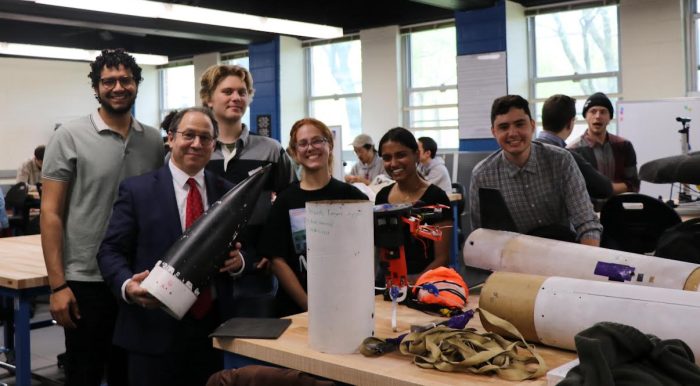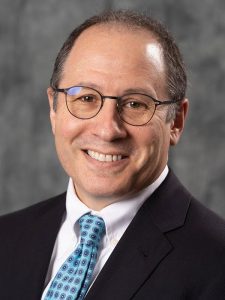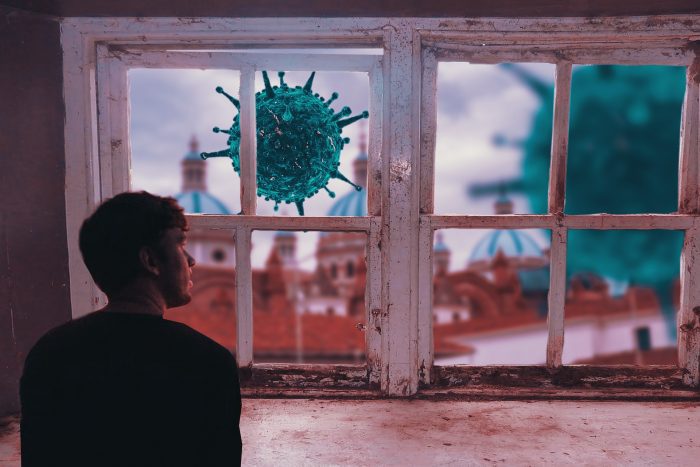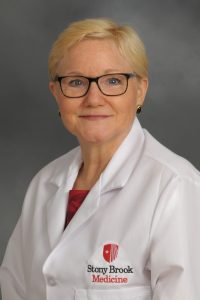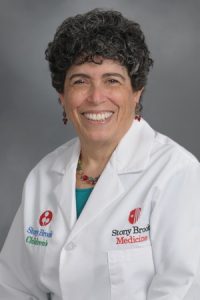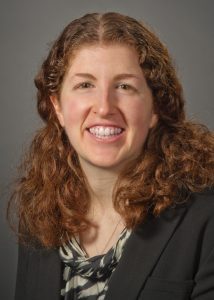By Daniel Dunaief
Baseball has been Setauket product Ben Brown’s ticket to ride, or, perhaps, more appropriately, ticket to fly.
The 25-year old Ward Melville High School graduate, whose debut season in Major League Baseball was cut short last year by a neck injury, joined the Chicago Cubs this year for spring training.
Even days before the Chicago Cubs prepared to make a trip across the world to Japan, Brown wasn’t sure if he and his wife Maggie would make the longest flight of his life.
“He only knew a couple of days before that he was going,” said Ben’s mother Jo-Anne Wilson. “Then, they’re scrambling to get people to stay at home and watch their dogs.”
While Brown’s mother was thrilled that her son could enjoy an international trip on a world baseball stage, she had some parental anxiety.
“The night I knew he’d be landing at 3 am, I was still up,” Wilson said. She was greatly relieved when her son texted her.
“I could breathe again,” she laughed. Even though Ben is her third child, she can’t outgrow her parental concern for the well-being of her children.
“I’m sure he was surprised when I texted back within half a second,” said Wilson, who promptly fell asleep after the brief exchange.
Brown’s father Jody Brown was more concerned about jet leg, as Tokyo is 13 hours ahead of Eastern Standard Time and 16 hours ahead of the time in Mesa, Arizona, where the Cubs play their spring training games.
Memorable trip to the Embassy

Brown’s parents connected with Ben a few times by FaceTime while their son and his conspicuous six foot, six inch frame were traveling around Japan.
The Japanese public was “friendly and so welcoming,” said Wilson. “The kids were very respectful when they were approaching the players for autographs.”
That presented a contrast to some young fans in the United States, who can be aggressive when seeking autographs or pictures with baseball players.
A trip to the American Embassy, where the Cubs attended a party, was a highlight of the journey.
“He said, ‘Mom, you’ve never seen anything like it in your life,’” Wilson said, recalling her son’s delight at the colorful and well-presented offerings. “He never left a table” filled with every type of sushi imaginable.
Brown was impressed with the immaculate condition of the streets.
Brown’s wife Maggie learned about the expectations for garbage the hard way. She had eaten a pastry and was carrying a coffee cup. When she went to throw her garbage in a can in a fish market, she was reprimanded for trying to discard items that didn’t come from the market. People expect to put items in their own trash cans.
The Browns visited Anthony Kay, who is pitching for the Yokohama DeNa Baystars and is another Ward Melville baseball star, while they were in Tokyo.
A well-watched opening game
The first game of the season was a huge draw in Japan, with an estimated 25 million people watching the Cubs and the defending World Series Champion Dodgers take the field at the Tokyo Dome.

Photo courtesy of Maggie Brown
Over 42,000 people flocked to the stadium, paying anywhere between $2,000 and $19,000 a seat, according to Fox News 11 Los Angeles. Three players from the defending World Series champions are Japanese, including hitting superstar Shohei Ohtani, and pitchers Yoshinobu Yamamoto and Roki Sasaki. The Japanese players from the Cubs are pitcher Shota Imanaga, who started game one, and outfielder Seiya Suzuki.
Back in Setauket, Brown’s parents got up to watch the start of the game at 6:10 am, sitting down with a cup of coffee.
Imanaga threw four hitless and scoreless innings, allowing four walks and striking out two.
The right handed throwing Brown came on to pitch in the fifth inning.
After striking out Miguel Rojas, Brown walked Andy Pages, bringing up Ohtani. The Dodgers left-handed hitting star laced the team’s first hit of the season, a single to right fight.
By the end of the inning, Brown had given up three runs, two of which were earned, on three hits.
Brown pitched an impressive fifth and sixth inning, recording four additional strike outs, including of Ohtani.
Brown’s brother James Neppell, who is 15 years older than Ben and who helped ignite his passion for the sport, was pleased with his brother’s outing and with his approach to Ohtani during the superstar’s second at bat.
“He struck him out on three pitches” Neppell said proudly. “That was one of the coolest things I’ve ever seen.”
Brown’s father was pleased with his son’s 14 swings and misses, “which is more than any pitcher on the Cubs or the Dodgers” that day as well as the five strike outs.
The Dodgers won the first game 4-1, as Brown took the loss.
The Browns shared the excitement of the trip with their son from a distance, while they also mirrored some of his activities on Long Island.
“We had sushi while he was gone,” Jody Brown said.
Next steps
Just before a spring training outing against the Atlanta Braves earlier this week, Ben found out he had been named the club’s fifth starting pitcher.

“It’s a real honor,” Brown said during an interview with an MLB broadcast after his 75-pitch outing in which he allowed two earned runs in four and a third innings against the Braves. “To say that you’re a part [of the team] from day one is pretty incredible.”
Brown suggested that the engagement of the fans, which he likened to European soccer style chants, was a “real blast.”
Jody Brown recalls how travel baseball, which now includes a trip across the world, started when his son was young.
“I remember his first [baseball] trip when he was eight years old to Maryland,” said Brown. “The local coach called and said, ‘We need him to come.’ I thought, ‘That’s crazy.’ That was the start.”
At around that same time years ago, Neppell told his friends he thought his brother might make it to the major leagues. His friends, who thought he was crazy at the time, are impressed that the 33rd round pick by the Philadelphia Phillies in the 2017 draft has come this far.
The Browns appreciate the thrilling ride they have taken with their son.
“We’re on the same journey,” said Wilson. “We’re enjoying every minute of it, even the stress.”

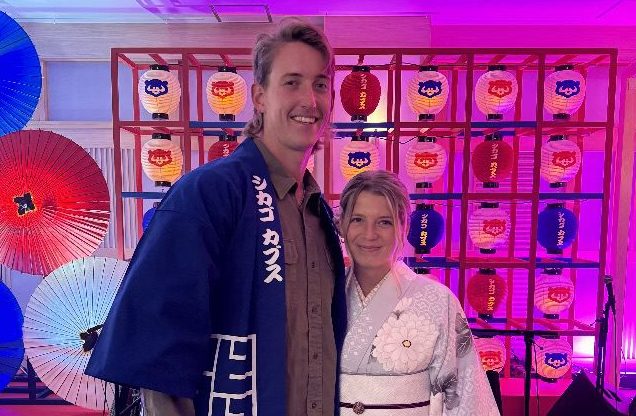
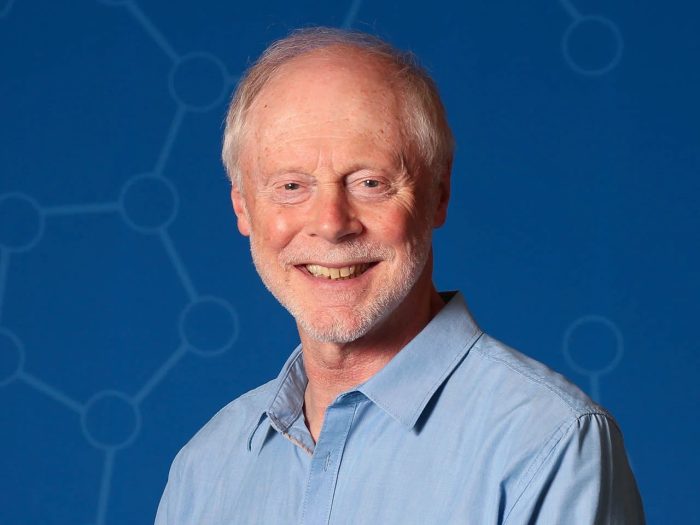


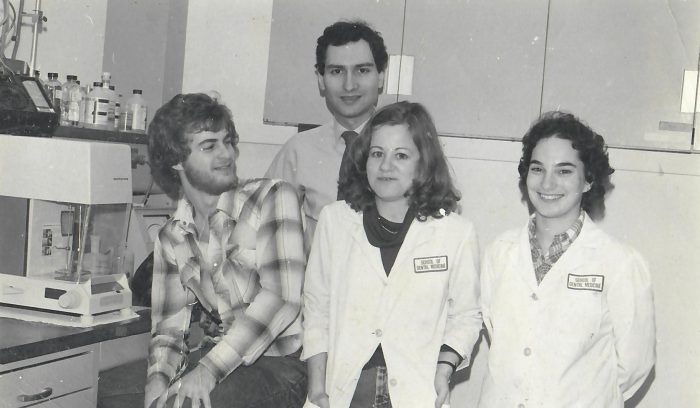
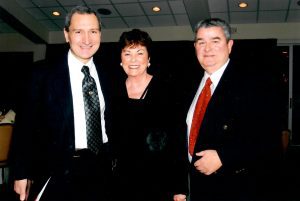

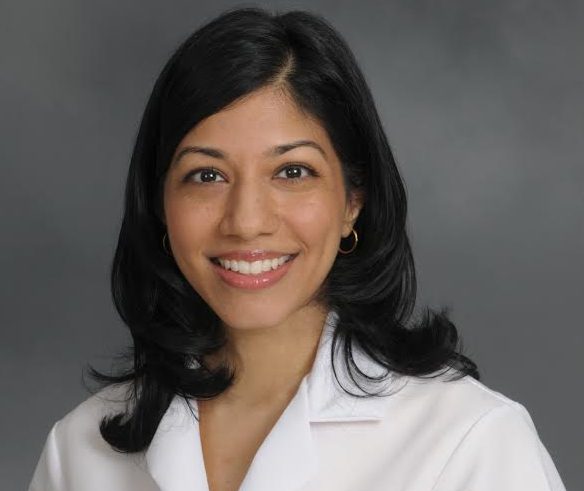
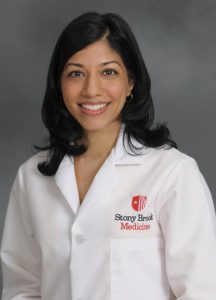
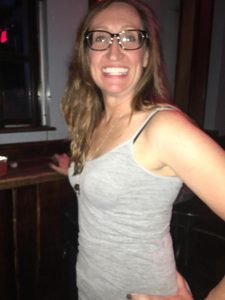
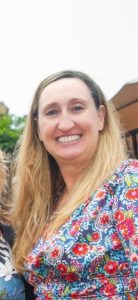


 The contest challenges participants to imagine a unique journey for the selected sea glass fragment chosen by The Whaling Museum and to weave a captivating tale around it. The winning stories will have the chance to be read at the Sea Glass Festival, a prestigious event celebrating sea glass and its significance in maritime history. This year’s Sea Glass Festival will be held on Sunday, July 20 from 10 a.m. to 5 p.m.
The contest challenges participants to imagine a unique journey for the selected sea glass fragment chosen by The Whaling Museum and to weave a captivating tale around it. The winning stories will have the chance to be read at the Sea Glass Festival, a prestigious event celebrating sea glass and its significance in maritime history. This year’s Sea Glass Festival will be held on Sunday, July 20 from 10 a.m. to 5 p.m.